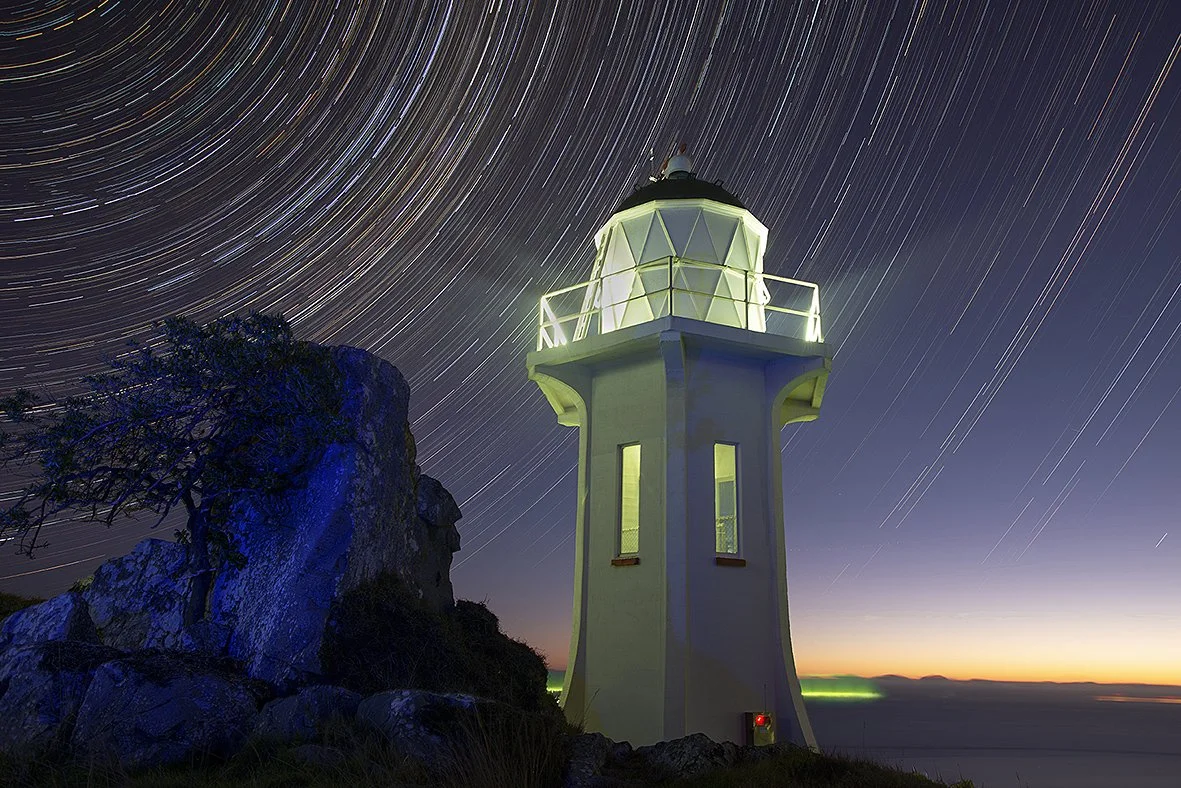From Political Landscapes to the Stars: My Journey into Astrophotography
Astrophotography wasn’t something I ever thought I’d explore. My work has always had a strong political and cultural undercurrent—projects that examined the ways humans shape and impact the environment, or, in the case of my Scenes in Maoriland exhibition, explored contemporary Māori sites. While landscapes have appeared in my images, they’ve never been about beauty for beauty’s sake.
That changed after I stumbled across several blogs and YouTube videos dedicated to capturing the night sky. There was something captivating about the blend of science, patience, and sheer wonder in those images. I found myself drawn into a new challenge—one where beauty itself could take centre stage.
Creating the Images
For this series, I worked with a Nikon D750 and a 20–35mm f/2.8 lens, shooting at either f/5.6 or f/4 with ISO settings between 100 and 800. Each final image is built from a series of 4–6-minute exposures.
To add depth and narrative, I sometimes used an off-camera flash during the shoot, carefully placing light to guide the viewer’s eye and enrich the scene’s story. The post-production process involved assembling the multiple exposures with Starstax free software for focus stacking and then refining the results in Adobe Photoshop—mainly to remove distracting light trails left by passing planes or satellites.
A Shift in Perspective
This project marks a departure from my usual practice. Instead of using the landscape as a site for critique or commentary, I approached it as a stage for the cosmos—a place where stillness, beauty, and vastness could speak for themselves.
Astrophotography has taught me to slow down, to wait for the right light, and to see familiar landscapes transformed under the stars. And perhaps most importantly, it’s reminded me that beauty, in itself, can be a powerful subject.
Rock at Makara beach, Wellington
Massey Memorial at night
Baring head lighthouse


